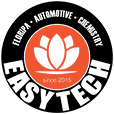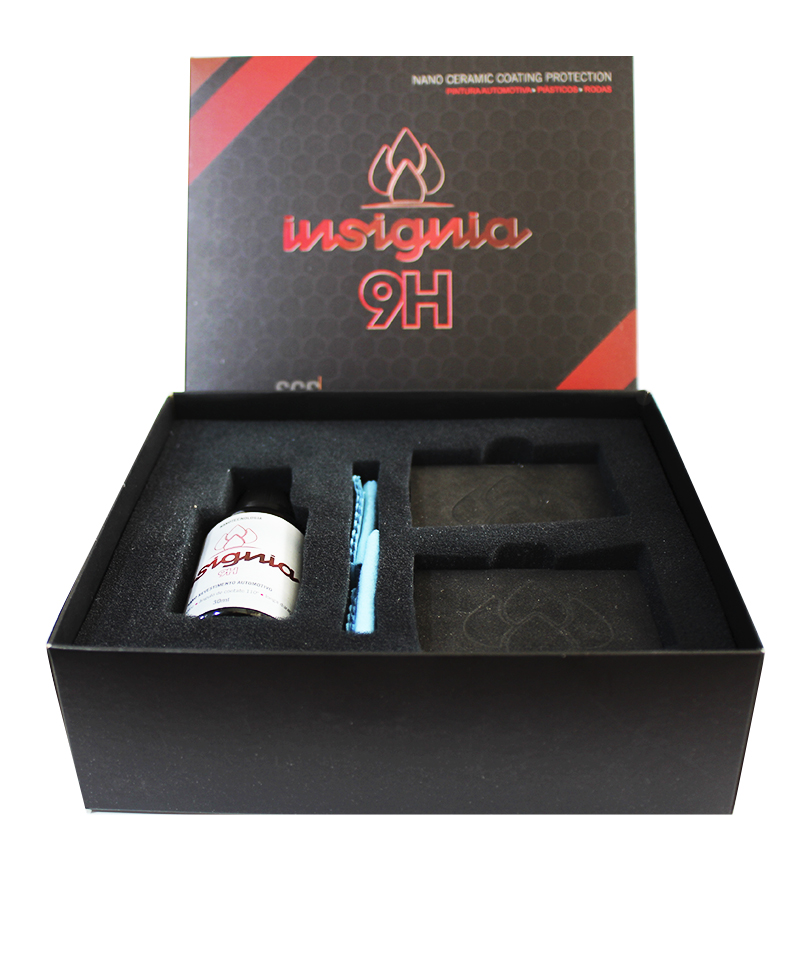Complete paint glazing guide - everything you need to know.
Painting glazing became popular in Brazil as of 2010. Until then, imported brands of protective products had reached prices that were inaccessible to the Brazilian consumer, making the price of the service extremely high. From 2010 to ca, the product offer was greatly increased, presented in its most varied forms and different characteristics. And what is good turned out to be a little confusing: how to choose the right glazing to protect my car from all the possible options? There is very little literature about it. So here we are going to put together a complete guide for you to know everything about vitrifiers and make the best purchase decision.
What is a vitrifier?
Glazing is a word we use to define a group of products called “coating”, that is, high-durability paint protectors. There are nano coatings based on the use and manipulation of nano particles and coatings with the addition of, resins, acrylates, etc.
Will all coating be hard?
No. It will vary according to the concentration and types of assets like SiO2 for example. There are coatings such as MW that have a low degree of hardness, but a very high chemical protection.
What are the main benefits of a vitrifier?
It will depend on the type of coating: If a coating has a degree of hardness above 5H you will give the varnish a greater hardness than that of the original varnish itself. This helps a lot in preserving the surface against everyday risks. This is the only benefit that changes since we have 5H, 7H, 9H coatings. In addition, shine, hydrophobia, chemical protection, protection against harmful UV rays and high durability are common benefits to all types of coatings.
How long does a coating last?
It depends on the type of product. In general, coatings with a lower hardness index, that is, a lower concentration of assets, last an average of 1 year. Most products last an average of 3 years. The most concentrated ones can last up to 5 years.
How do I know if the product's hardness is really what the label says?
There are certifying companies that check the degree of hardness of the coatings with scientific rigor. One of them, including the largest company in the world in this segment, is SGS. Always look for a product that is SGS certified and you will certainly be buying a product that delivers what it promises.
Are there national products certified by SGS? 
Yes, there are the Insignia 9H and GT1 Ceramic 5H. Both are certified by SGS. MW Insignia, for 1 year, is a coating tested and approved by the “do what you promise” section of Quatro Rodas magazine. In addition to these, only imported coatings.
Is it true that a vitrifier stains if you leave it in the rain?
No. What happens is that in the first 7 days of applying the coating it is stabilizing. You should not rub the paint or allow water to dry on it. In this first period they can cause stains if this process is not respected. After this period there is no problem.
How to choose the ideal product within these options?
To answer that question, ask yourself a few questions:
Can you spend a lot? If not, use a coating for 1 year like MW Insignia. It is tested by Quatro Rodas, easy to apply (the 30ml bottle costs R$ 59.90 and makes 2 applications).
Do you prefer to provide more protection against small risks or just want shine and that aspect of self cleaning with a huge hydrophobia? If you prefer protection, GT1 Ceramic will help you more. If you prefer to keep your car clean for longer, MW Insignia is the best option.
If you have money to invest, have no doubts: choose a 9H protection. It is the best protection in terms of preventing everyday risks, maintaining brightness and durability. For this you can use the Insignia 9H.













